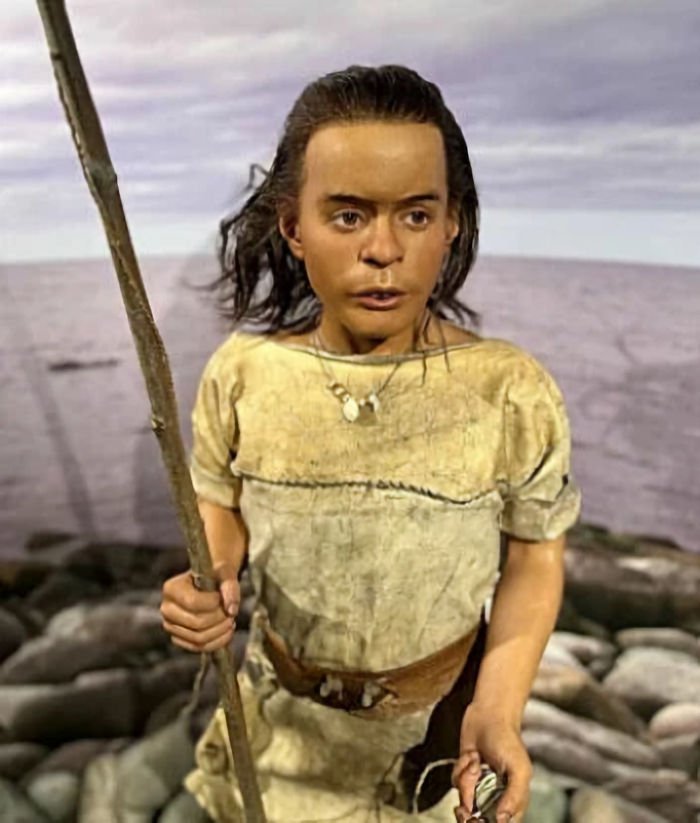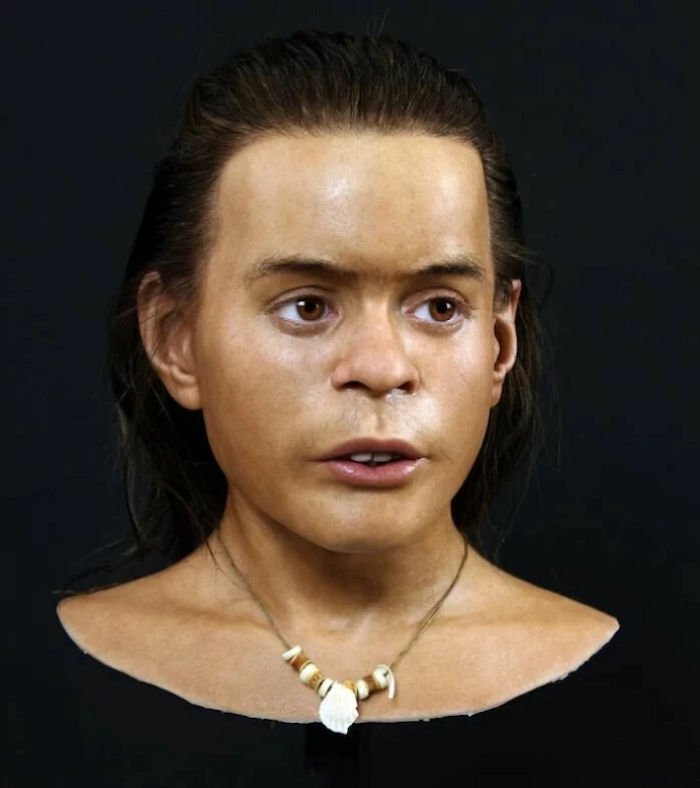Scientists have recreated the visage of a Stone Age youngster who lived in Norway using DNA analysis and contemporary forensic procedures.
The Vistegutten, a 14-year-old kid from Viste, passed away.
It's unclear why he died at such a young age because it seemed he was in good condition.
The young boy was interred in the tiny Vistehola, a cave in southwest Norway that is situated just north of Stavanger.
possibly the same tiny cave where his parents formerly resided.
He is the most well-preserved member of Norway's Stone Age population.
Vistehola is located 10 kilometres northwest of Stavanger city centre. This is one of the most famous settlements from the Stone Age in Norway. Here, the skeleton of Vistegutten was found during an archaeological excavation in 1907. New methods have made it possible to extract DNA from the skeleton. (Photo: Jarle Vines / Wikimedia)
The boy's remains were discovered in Vistehola in 1907 while archaeologists were doing an excavation. His height was barely 125 cm.
The youngster has consumed as much food from the sea as from the land, according to new research techniques.
Those who lived close to the beach in Jaeren could eat cod, seal, and wild boar. Likewise were nuts and shellfish. Vistegutten was a little man, even for a Stone Age man.
In Norway, adult Stone Age men were most likely between 165 and 170 centimeters tall. The women's height ranged between 145 and 155 centimeters. Both sexes possessed powerful bodies, which Vistegutten also exhibited.
In Norway at the time, people frequently had prominent cheekbones and eyes. The boy had likely had quite dark skin.
Life at Jæren was probably good when Vistegutten lived there. The landscape was covered in deciduous forests with wild boars, moose and deer. The boy has also eaten a lot of food from the sea. The climate was milder than today and attracted people from the south to Norway. Examinations of the skeleton tell us that Vistegutten did not have any serious illnesses. He hasn't starved either. When he died, he was buried under the family's 'living room floor' inside the small cave. It must mean that they wanted to have the little boy close to them after he was dead. (Photo: Oscar Nilsson)
Oscar Nilsson's reconstruction is based on Genetic analysis.
It also builds on a 2011 effort in which scientists from the University of Dundee in Scotland used a laser to scan the skull of Vistegutten and produce a 3D model of his head.
We now know more about his head shape thanks to a later DNA analysis, according to Denham. His complexion tone, hair color, and eye color are a little less certain to us. We therefore rely on the other Stone Age artifacts we have from Norway in this situation.
In the Ancient Stone Age, people did not live very long on average.
This was partly brought on by the tragic deaths of so many young children.
Living to be over 50 years old was common when people first entered adulthood. The cause of Vistegutten's early demise is still unknown.









